Eighth Chorea-Acanthocytosis Symposium points the way to future research priorities
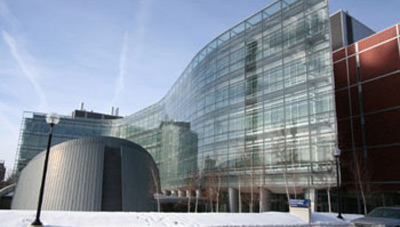
Eighth Chorea-Acanthocytosis Symposium was held May 14 and 15 in Ann Arbor, Michigan, USA. The theme of the meeting was Chorea-Acanthocytosis and Intracellular Transport. A report describing key workshop findings and recommendations for future research priorities is under preparation for publication in a peer-reviewed forum, but a brief overvew of topics covered at the meeting follows here.
Save
Read more»
First ever meeting of NA patients, families and carers at Ann Arbor conference
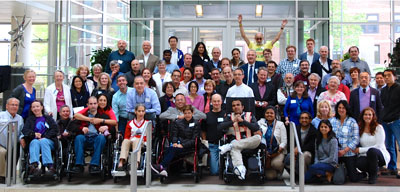
The first ever meeting of Neuroacanthocytosis patients, families and carers was held at the University of Michigan in Ann Arbor, Michigan in the US in May was a tremendous success. It was sponsored by The Allergan Foundation, Neurocrine Biosciences and the Advocacy.
The group photo above includes both patients/families and researchers/clinicians.
Thirteen patients and nineteen family members/carers attended in conjunction with the science meeting, with researchers and consultants sharing new work and outcomes with an international audience. The patients' meeting was streamed to offer understanding of the participants' experiences and questions. SaveSaveSaveSave
Read more»
Patient Elyse and family attend Ann Arbor
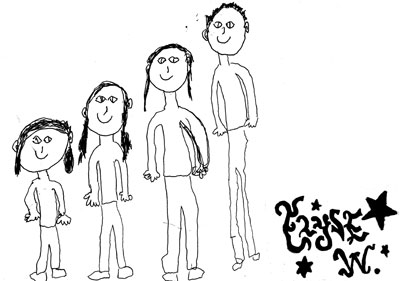
Attending the Ann Arbor meeting were Elyse, Chad, Bill, Liz and Amy from Detroit; Elyse and her family have featured in previous NANews issues. We are grateful to the Lakriz Weinbaum Family for their contributions to the University of Michigan with their Research Fund for specific research in our field. Elyse made the drawing of her family. SaveSaveSave
Read more»
Advocacy appoints new trustee Nancy Glynn
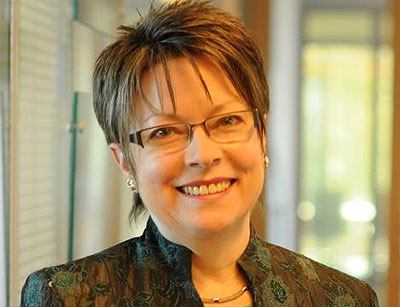
The Advocacy for Neuroacanthocytosis Patients is pleased to report the addition of a new trustee to the organisation.
Nancy Glynn, MBA, works in executive development across Europe, as well as in Asia and the US. As an executive coach, consultant and educator since 2008, Nancy builds on her nearly 20 years of international experience as a senior, board-level executive and senior manager at Global and European levels in the engineering, healthcare and public affairs sectors.Save SaveSaveSave
Read more»
FUNDRAISING UPDATE

Fundraising coffee morning planned for October
On Saturday the 29th of October Marietta Krikhaar will host a coffee morning in aid of the Advocacy for Neuroacanthocytosis Patients in Clapham. We appreciate Marietta's generous offer to invite friends nearby to meet Alex and Ginger Irvine and contribute to the efforts of the Advocacy to support research into this devastating disease. Further details from marietta_ck@hotmail.com SaveSaveSaveSave
Gift-giving idea can raise funds for NA research
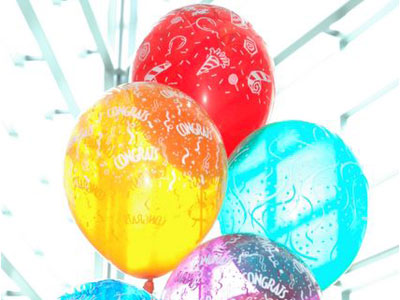
Our thanks to Tim (and his wife Nyra) in North Wales, friends of the Parry's for thinking of a wonderful idea for fundraising for NA. For your birthday party, ask guests to donate money for the charity rather than bring gifts. What a great, practical way to raise funds!SaveSave
Charity of the year idea for your workplace

Does your organisation have a "charity of the year" programme? If not, perhaps you and colleagues could form a team and hold a few fundraising activities during the year with donations going to NA; examples include a bake sale, lunchtime run, book sale/exchange, car wash, darts competition etc. We have had corporate sponsorship from Virgin (Rooftop Garden) and the Free Schools Dept of the Department of Education in the past-we would like to see more events of this kind as they can help us achieve progress in the road to further therapies. The Patients/Families and Carers Meeting in Ann Arbor in May received funding from NA. The scientists and patients were in agreement that it was money well spent! An NA Advocacy fundraiser can take any shape or form! An on-line donation site with BT MYDONATE can be set up easily for any project. For ideas or assistance, contact ginger@naadvocacy.org. Save
Spectacular Wales concert supports NA with generous donation
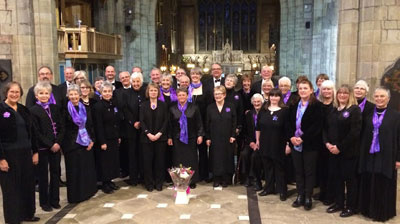
Thirty five members of the Andante Choir, led by John Stone performed their spectacular concert at St Asaph Cathedral on 30th April with both locals and friends from afar attending. SaveSave
Read more»
Congratulations to Christina Liu on her NA Rome run
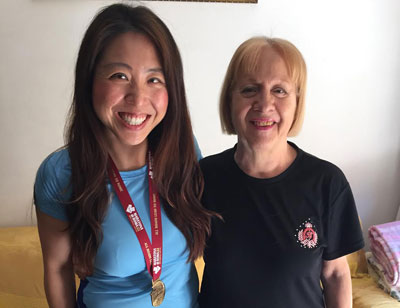
From Christina Liu in May we received the following wonderful update. "Good news, I successfully completed the Rome marathon in 6 hours and 2 seconds and raised £630 via the BT my donate website. In addition, my friend has pledged $10,000 towards the Neuroacanthocytosis Advocacy and he has promised to bring in the funds before the end of 2016. I have attached a photo with me and the my Italian host family mother Maria Boni, who was critical in supporting me with food and housing in preparation for the marathon."
Thank you Christina and Maria! We are also grateful to Christina flying from London to Ann Arbor and volunteering to help in any way, which she did magnificently. SaveSave
Glorious day for annual Hawarden Walk
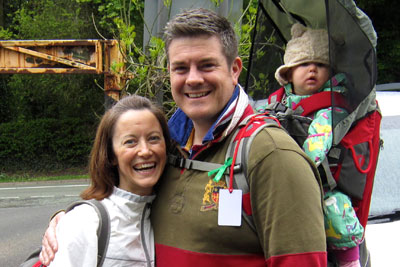
May 14 brought together the loyal walkers on the annual Hawarden sponsored walk for NA and the Epilepsy Foundation. Gill and Gordon Parry again organised a perfect day- the weather was glorious and the mood upbeat. Shona Scott of the Epilepsy Foundation joined the walk.The journey through the Gladstone Estate Park proceeded apace and the end result was a visit to the local pub, courtesy of Mike and Margaret. Over £2,000 was raised and while Gill and Gordon will be stepping down from the administration, three women have offered to lead in future so there will be continuation of the efforts of many.
Save
RESEARCH UPDATE
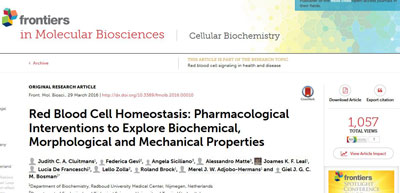
Red Blood Cell Homeostasis: Pharmacological Interventions to Explore Biochemical, Morphological and Mechanical Properties By Judith C. A. Cluitmans, Federica Gevi, Angela Siciliano, Alessandro Matte, Joames K. F. Leal, Lucia De Franceschi, Lello Zolla, Roland Brock, Merel J. W. Adjobo-Hermans and Giel J. G. C. M. Bosman Department of Biochemistry, Radboud University Medical Center, Nijmegen, Netherlands. Department of Ecological and Biological Sciences, University of Tuscia, Viterbo, Italy. Section of Internal Medicine, Department of Medicine, University of Verona, Verona, Italy.
This research, supported by the European Multidisciplinary Initiative on Neuroacanthocytosis (EMINA) and the E-Rare-2 Call 2012 (EMINA-2), has been published in the journal Frontiers in Molecular Biosciences, where you can read more. SaveSave
Oxford University interview features Antonio Velayos-Baeza
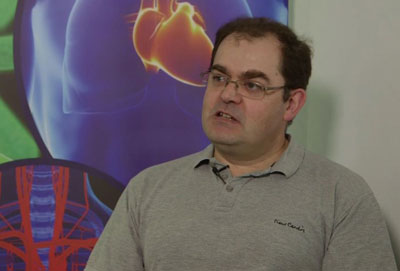
An interview with Antonio Velayos-Baeza, University of Oxford, has been featured on a podcast from the University's Nuffield Department of Medicine. Watch the wide-ranging interview and read a transcript here. Save
Brain donation: an invaluable gift for NA research
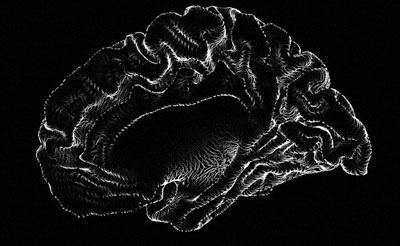
By Ruth Walker
Many important advances in understanding brain diseases have been made by studying the brains of those affected. While imaging studies (MRIs and other types of brain scans) can give us important information about the brain during life, the examination of the brain tissue down underneath the microscope after death can give us even more valuable information. In particular, we can find out how abnormal proteins, such as chorein in chorea-acanthocytosis (ChAc) and XK in McLeod syndrome, affect brain cells, what parts of the brain, and which cells are most affected, and how brain chemistry changes.SaveSaveSaveSave
Read more»
The role of junctophili-3 (JPH3) in neurons- comparison to chorein (VPS13A)
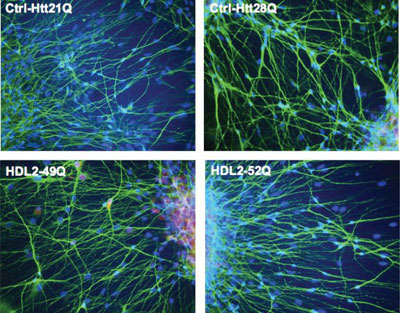
Doda Rudnicki, Johns Hopkins University
Huntington disease-like 2 (HDL2) is caused by a CTG/CAG repeat expansion on chromosome 16q24.3. Three nonmutually exclusive mechanisms have thus far been implicated in the pathogenesis of the disease: 1) loss of expression of full-length JPH3 protein [1]; 2) toxic expression of a JPH3 splice variant containing an expanded CUG repeat [2]; and 3) toxic expression, from the strand antisense to JPH3, of a cryptic transcript containing a CAG repeat and encoding polyglutamine [3]. SaveSave
Read more»
PATIENT NEWS
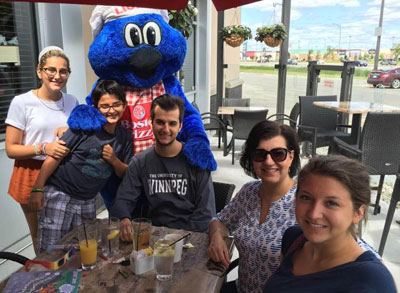
Mike Koutis - Canada fundraiser for NA
A fundraiser for NA has taken place in Canada. Patient Mike Koutis heard from the management of his favourite restaurant in Kenaston near Calgary: Boston Pizza wrote to say they would have a day devoted to raising awareness and funds for NA on August 6th; they organised both a car wash and a silent auction- what a great idea! See Mike's story and more photos on Mike's Facebook page. They raised over $3200- thank you all. SaveSaveSave
Read more»
Ernesto Montero exhibition in Spain
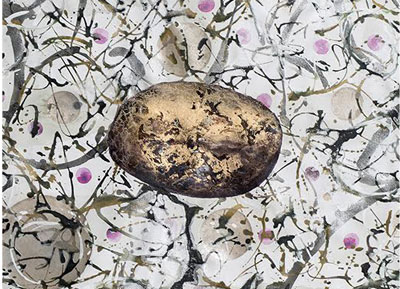
Ernesto Montero writes that the opening of his painting exhibition has been a success. Ernesto has continued his work since our meeting in May and was pleased to have this exhibition, "Hipérbole," so well received in Mérido in Spain. Congratulations to Ernesto and best wishes to his family. SaveSave
Read more»
Pete Clark's latest news
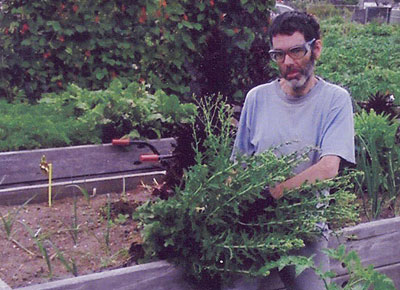
Pete Clark writes with his news: "I moved into my own flat nearly 18 months ago it’s in a warden controlled complex of 15 flats where I have carers coming in twice a day and an alarm system I can use to call for help in an emergency 24 hours a day. At first I found the situation quite daunting and to be honest at times I felt a bit overwhelmed. Now I’m feeling much more settled and enjoying myself.
Save
Read more»
|
|